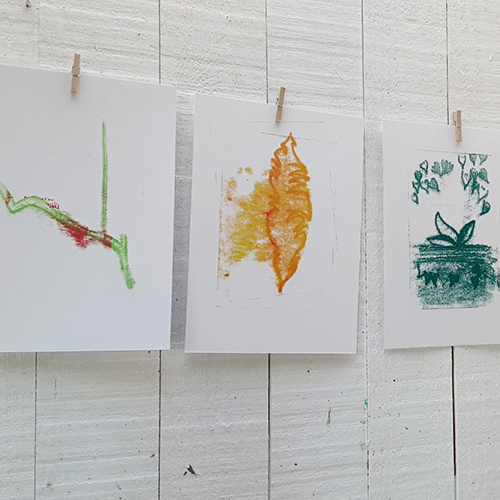Have you noticed how dogs love to sniff everything? That is because they perceive the world through their noses! My dog once told me that he can sniff clues in the wind and these clues bring memories from other animals and they also tell him what’s coming next. Let’s pretend we’re dogs and try to decipher the clues in the wind!
On a nice day, sit or lay outside in your garden, a park or the forest. If there’s a dog in your family, maybe they can guide you to the best spot. Once you’re there, close your eyes and try to focus on what your nose is perceiving. Maybe they’re smells, maybe they’re sensations like dampness, dryness, warmth, cold… Don’t worry too much about trying to figure out what it is you’re smelling, just focus on the sensations and the memories they bring.
When you’re done sniffing, you can stay where you are or go back inside and remember those sensations and memories. Can you draw them? Maybe you prefer to write them down. What kind of feelings did they bring up? Bring to mind your favourite smell(s), how does it/they make you feel?



